In today's automotive landscape, infotainment systems have evolved into sophisticated hubs that integrate navigation, entertainment, connectivity, and vehicle controls. A top-tier infotainment system enhances the driving experience by offering intuitive interfaces, seamless smartphone integration, and advanced features. Here's a look at some of the best car infotainment systems as of 2025:
1. Mercedes-Benz User Experience (MBUX)
Mercedes-Benz's MBUX system is renowned for its intuitive design and advanced functionality. The latest iteration features a "superscreen" that spans the dashboard, providing passengers with the ability to play video games or stream content like Netflix while on the move. This system also incorporates artificial intelligence, including features such as ChatGPT, to enhance user interaction. The MBUX's voice command function is conversational, allowing for natural interactions, and the augmented reality navigation overlays directions onto real-time video feeds for improved guidance.

2. BMW iDrive
BMW's iDrive system has continually evolved, with the latest version offering a panoramic display that projects essential information onto the windshield. This setup minimizes driver distraction by presenting only necessary data within the driver's line of sight. The system maintains a touch-sensitive central display for additional controls and integrates AI to learn driving habits, offering personalized suggestions. The redesigned steering wheel with haptic feedback enhances the tactile experience, making interactions more intuitive.
3. Volvo with Google Built-In
Volvo's partnership with Google has resulted in an infotainment system that seamlessly integrates Google services. Google Maps serves as the native navigation system, accessible across the central touchscreen and the digital instrument cluster. Users can download apps directly from the Google Play Store, and the Google Assistant provides robust voice control capabilities. This integration ensures that users familiar with Google's ecosystem will find the system intuitive and responsive.
4. Lincoln Digital Experience
Lincoln's Digital Experience stands out with its 48-inch panoramic screen that stretches across the dashboard. This high-resolution display allows for extensive customization, enabling drivers to tailor the information presented to their preferences. The system also features a Rejuvenate function, displaying calming graphics to create a spa-like atmosphere within the cabin. The central touchscreen controls various apps, including navigation and media, while the crystal volume knob adds a touch of elegance to the interface.
5. Jaguar Land Rover Pivi Pro
Jaguar Land Rover's Pivi Pro system emphasizes aesthetics and functionality. The sleek curved touchscreen integrates seamlessly into the dashboard, offering sharp and clear displays. The system responds instantly to inputs and retains some manual controls to complement the digital interface, striking a balance between modern technology and traditional tactile feedback.
6. Audi Multi-Media Interface (MMI)
Audi's MMI system utilizes a dual touchscreen setup complemented by a tactile click wheel. The intuitive layout and haptic feedback enhance user interaction, ensuring that drivers can operate the system without significant distraction. The clear and responsive displays, combined with logical menu structures, make accessing various functions straightforward.

7. Kia Sorento Infotainment System
The 2025 Kia Sorento offers an infotainment system that combines functionality with user-friendly features. It includes wireless Apple CarPlay and Android Auto integration, allowing for seamless smartphone connectivity. The system also features a blind-spot view monitor, multiple USB-C sockets, and a voice memo system, catering to the needs of modern families seeking both convenience and safety.
8. Hyundai Mobis Full-Windshield Holographic Display
Hyundai Mobis has introduced a full-windshield holographic display that projects driving information and entertainment options directly onto the windshield. This innovative approach aims to enhance comfort and reduce distractions by keeping essential information within the driver's natural line of sight. The system represents a significant step toward integrating augmented reality into everyday driving experiences.
Key Considerations for an Exceptional Infotainment System
When evaluating infotainment systems, several factors contribute to an exceptional user experience:
-
User-Friendliness: The interface should be intuitive, allowing users to navigate menus and access functions with minimal effort.
-
Responsiveness: Quick reaction times to inputs ensure that drivers can make adjustments without unnecessary distraction.
-
Smartphone Integration: Seamless compatibility with Android Auto and Apple CarPlay enables users to access their preferred apps and services.
-
Voice Recognition: Advanced voice control systems allow for hands-free operation, enhancing safety and convenience.
-
Display Quality: High-resolution screens with clear graphics improve readability and overall aesthetic appeal.
Can I Replace My Infotainment System?
Yes, in many cases, you can replace your car's infotainment system. However, the feasibility of upgrading your system depends on the vehicle's make and model. Some modern cars have proprietary systems that are deeply integrated with other vehicle functions, making replacements challenging or even impossible without significant modifications.
For vehicles with modular infotainment setups, aftermarket options are available. Companies like XAutoStereo, Pioneer, Kenwood, and Alpine offer infotainment units that support features such as Apple CarPlay, Android Auto, and enhanced audio capabilities. Upgrading to an aftermarket radio system can improve touchscreen responsiveness, add new features, and enhance connectivity.

Before replacing your system, consider:
-
Compatibility: Ensure the new system fits your car's dashboard and wiring.
-
Integration: Some factory systems control climate settings, cameras, and other functions that may be lost with an upgrade.
-
Installation Costs: Professional installation may be required, increasing overall costs.
-
Warranty Concerns: Replacing a factory system might void certain vehicle warranties.
If your vehicle supports software updates, manufacturers may release firmware upgrades that enhance functionality without requiring a hardware swap. Always consult your car's manufacturer or a professional installer before making a decision.



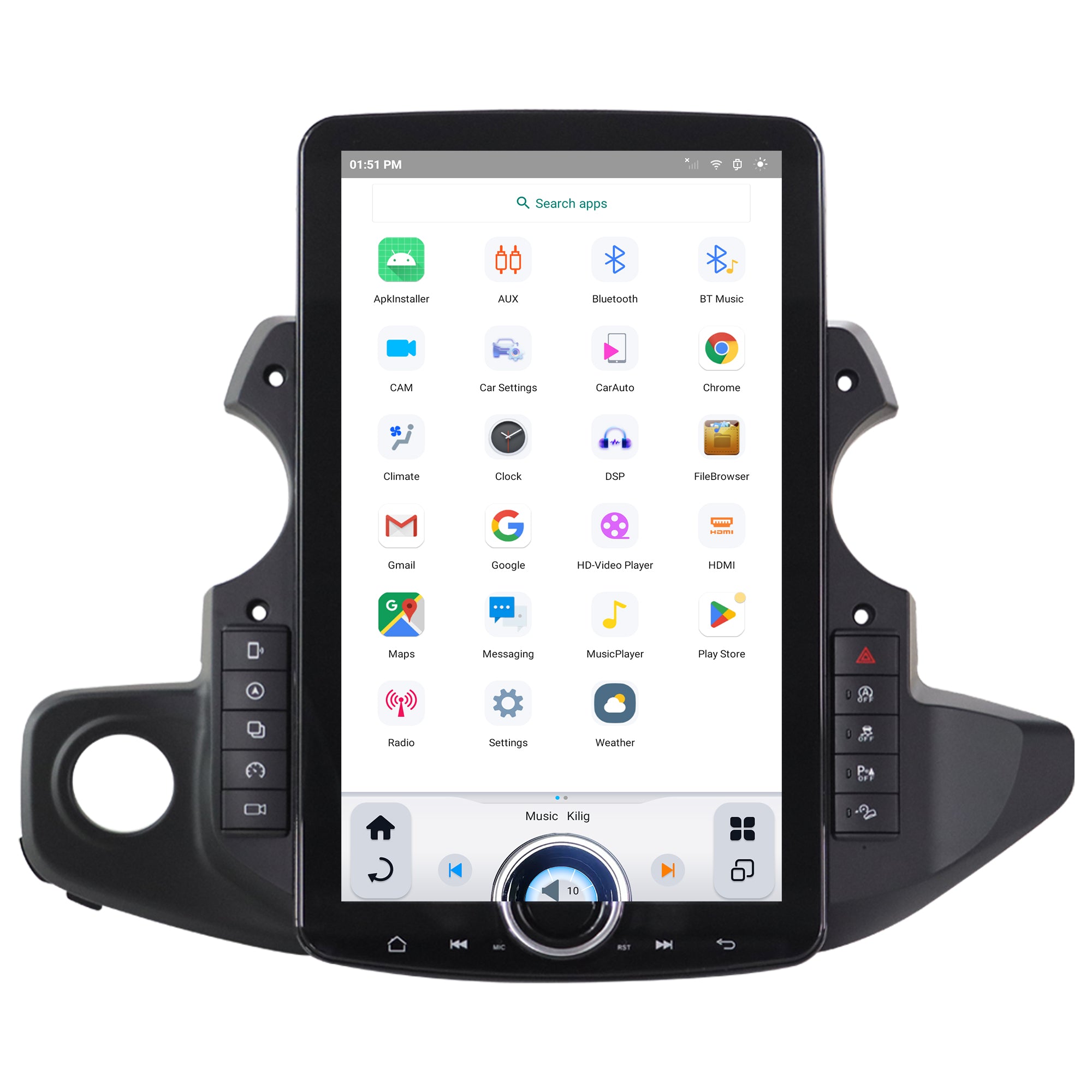
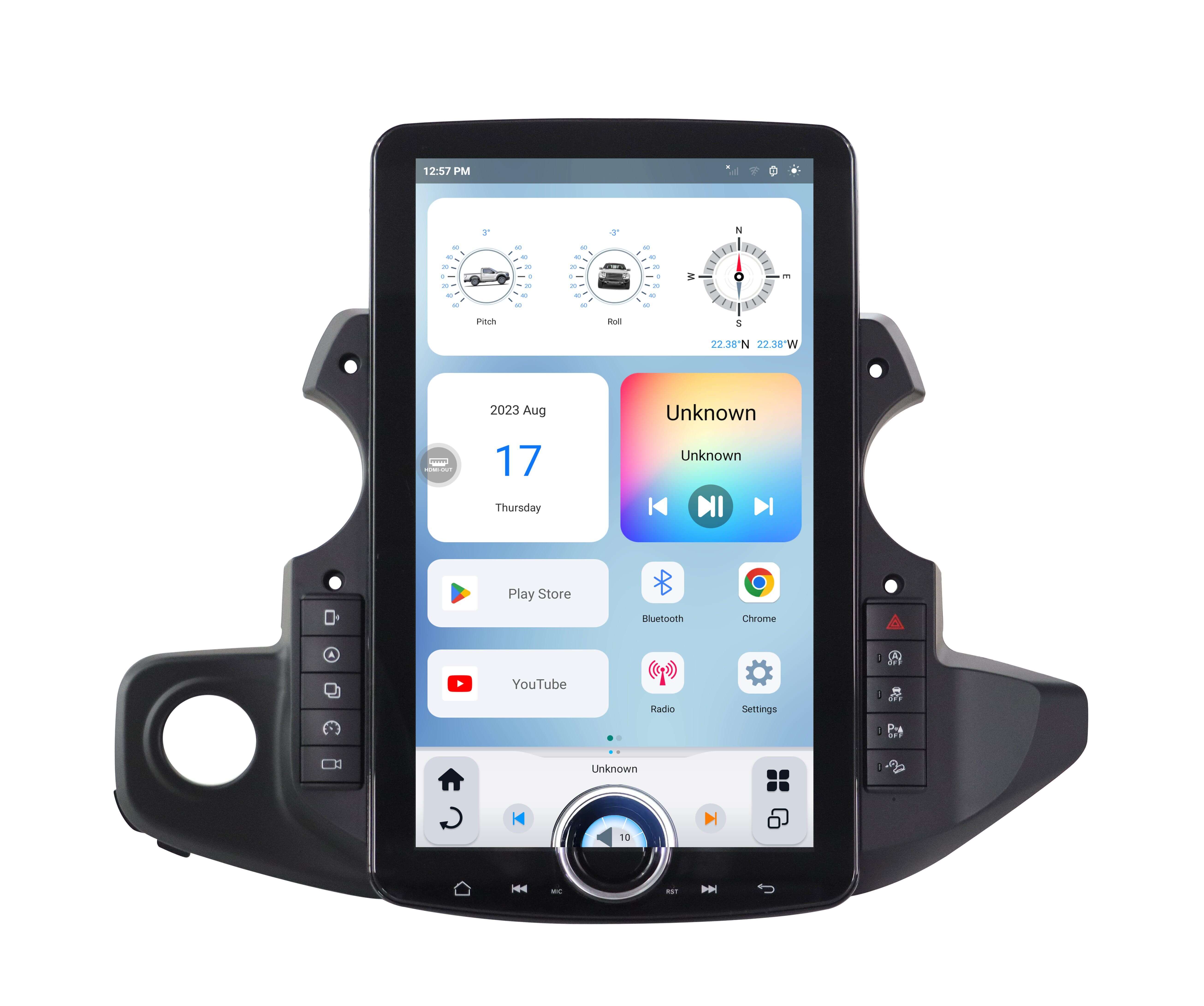
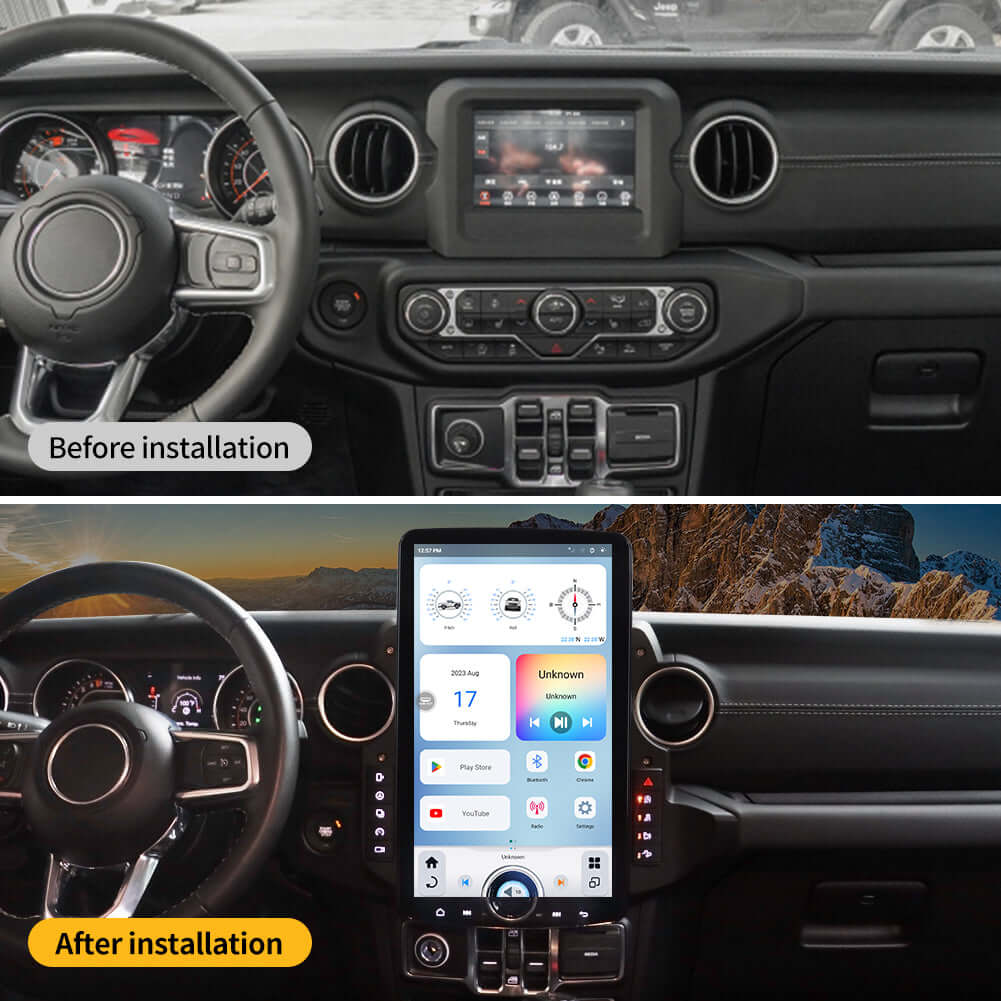
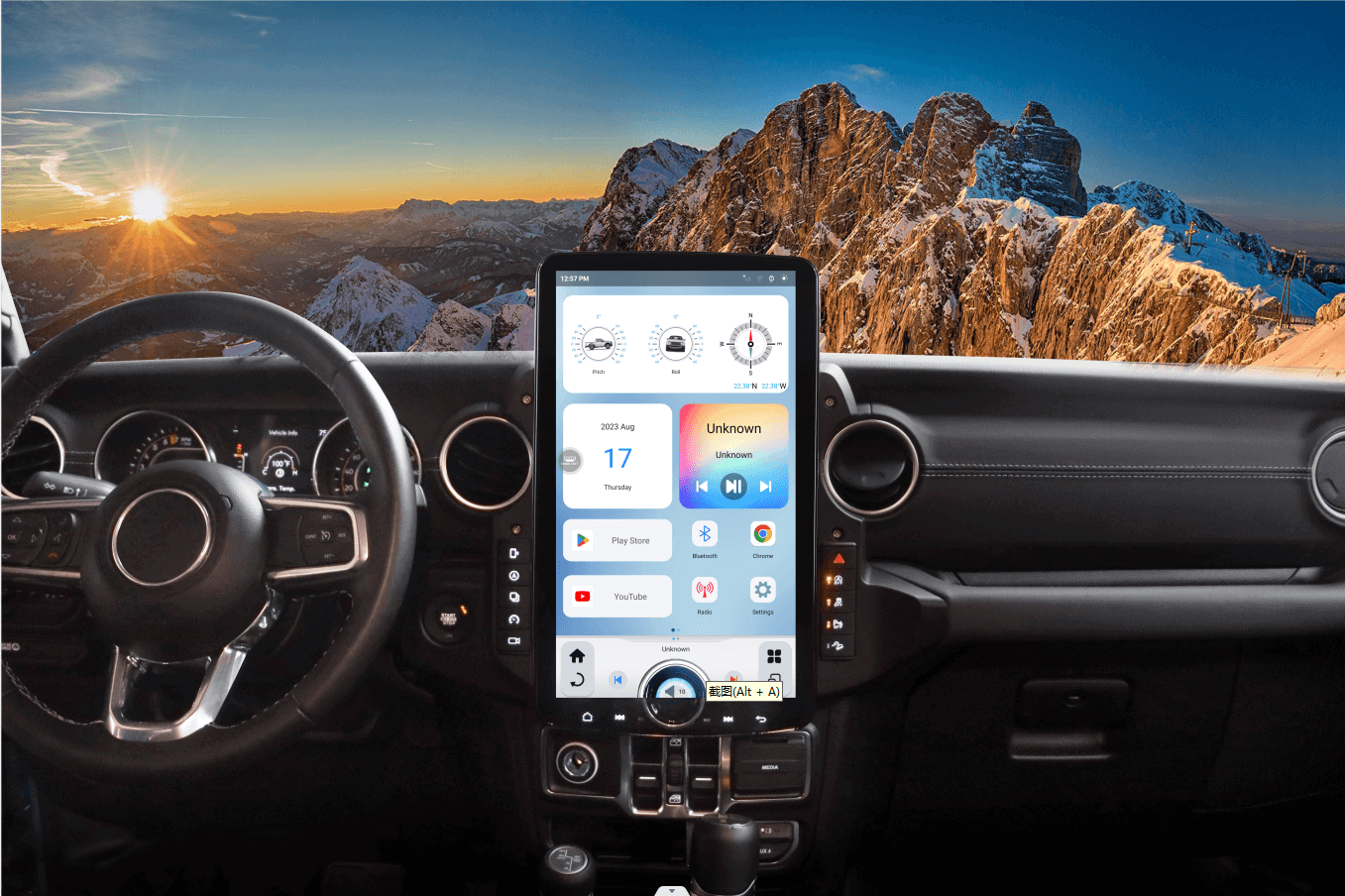
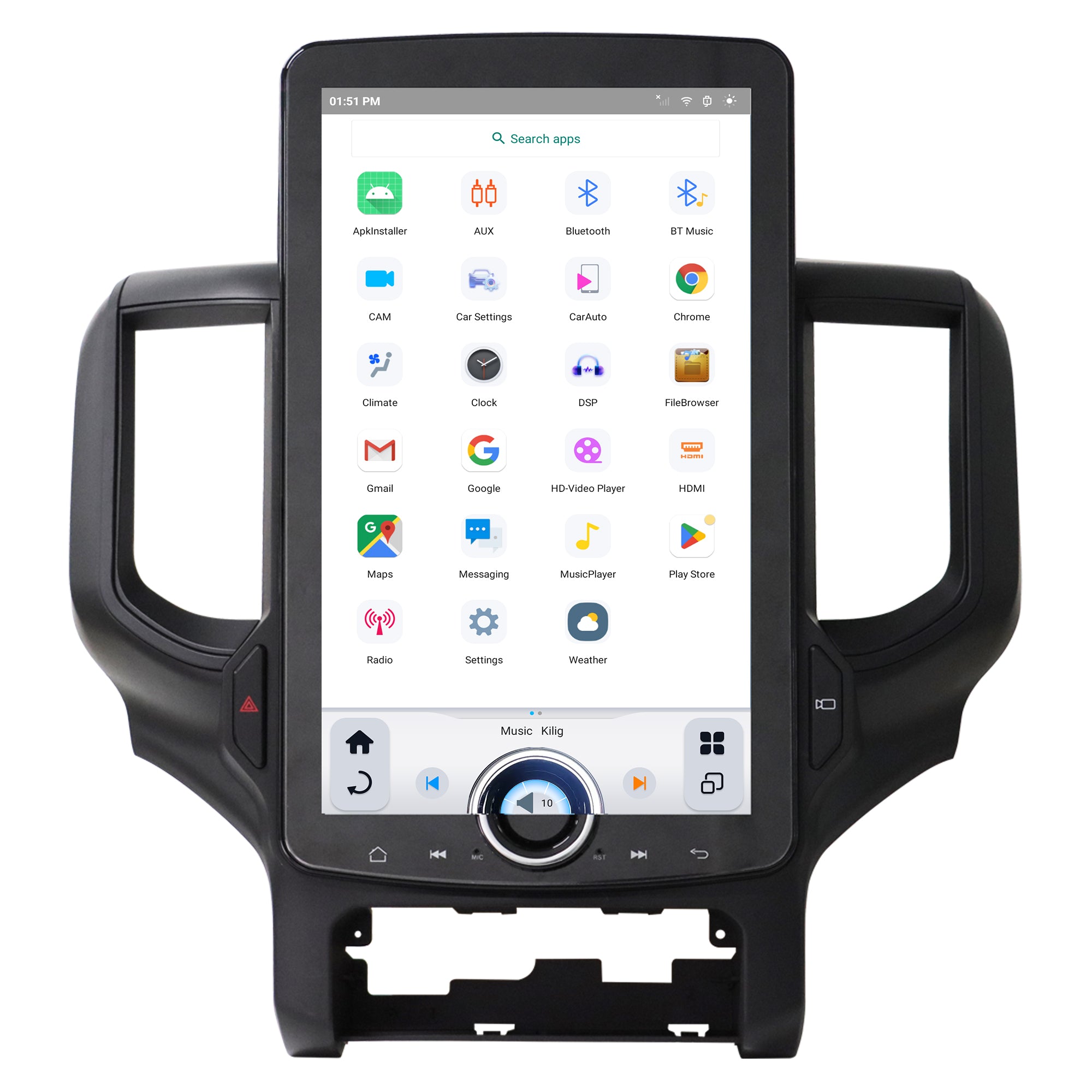

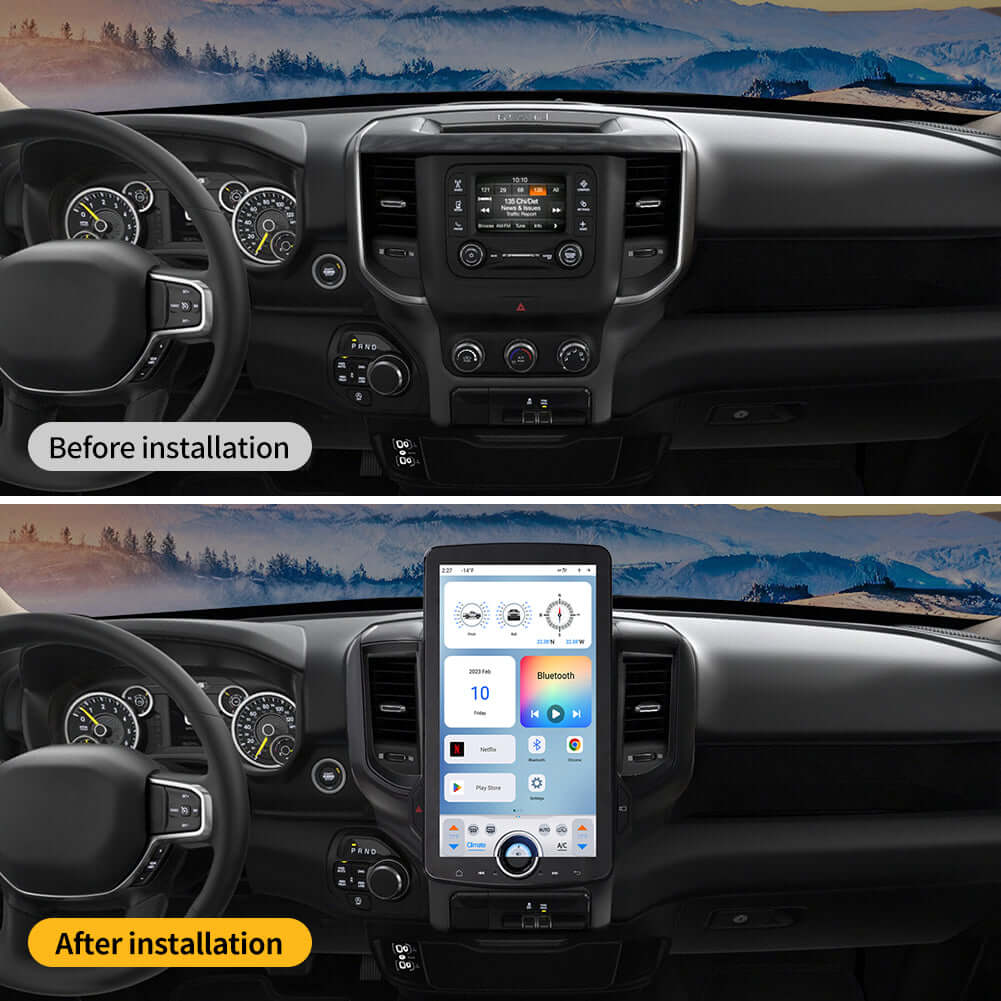
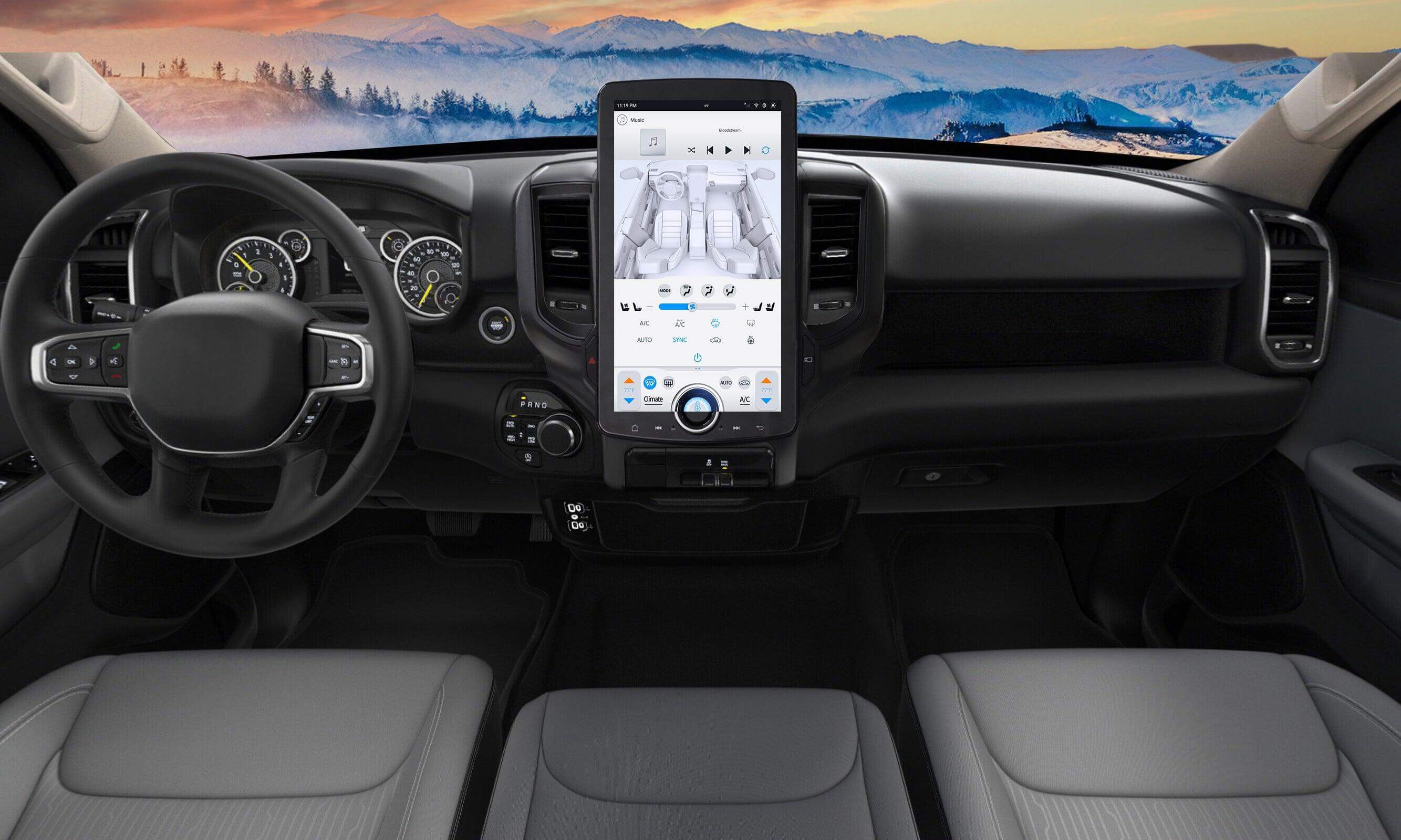
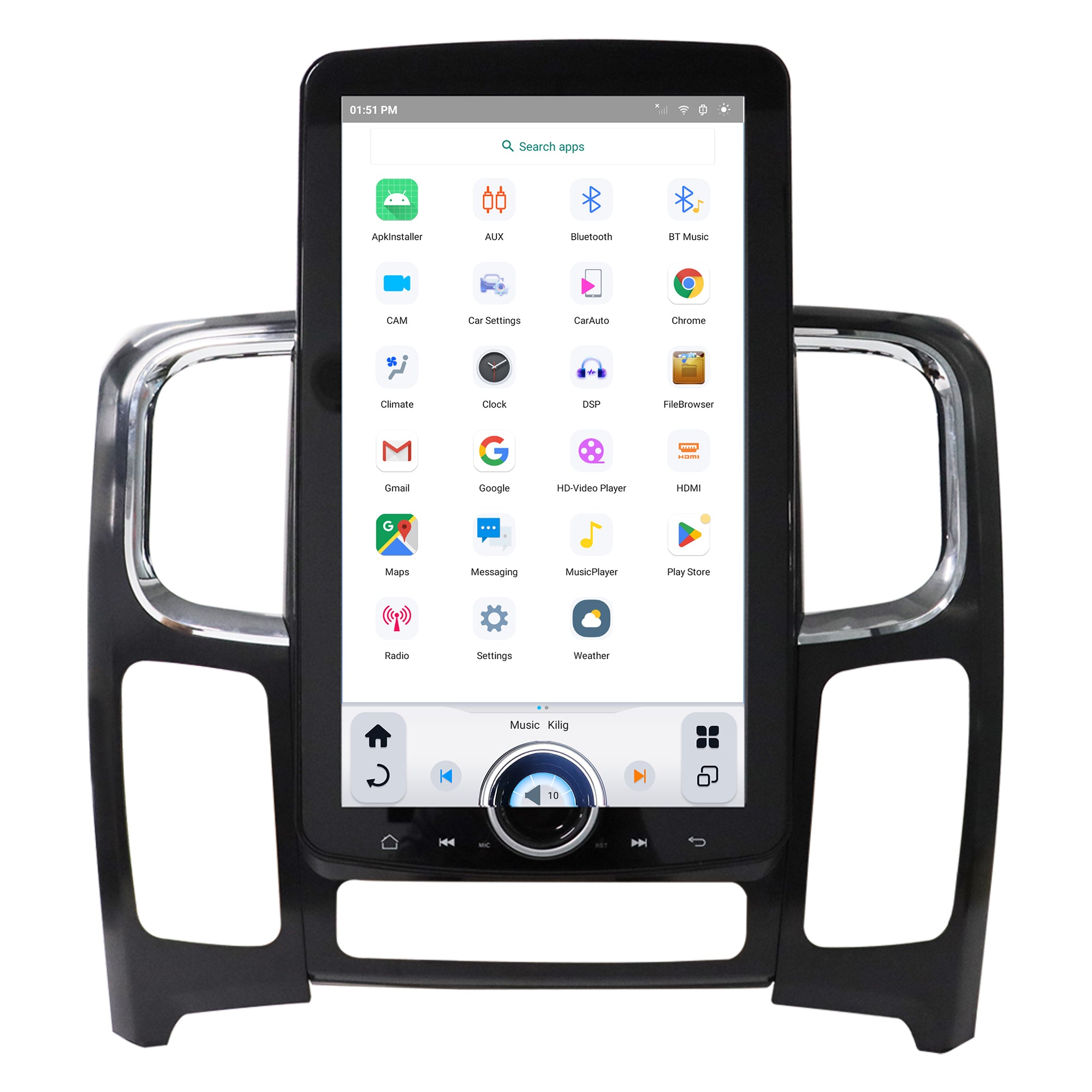
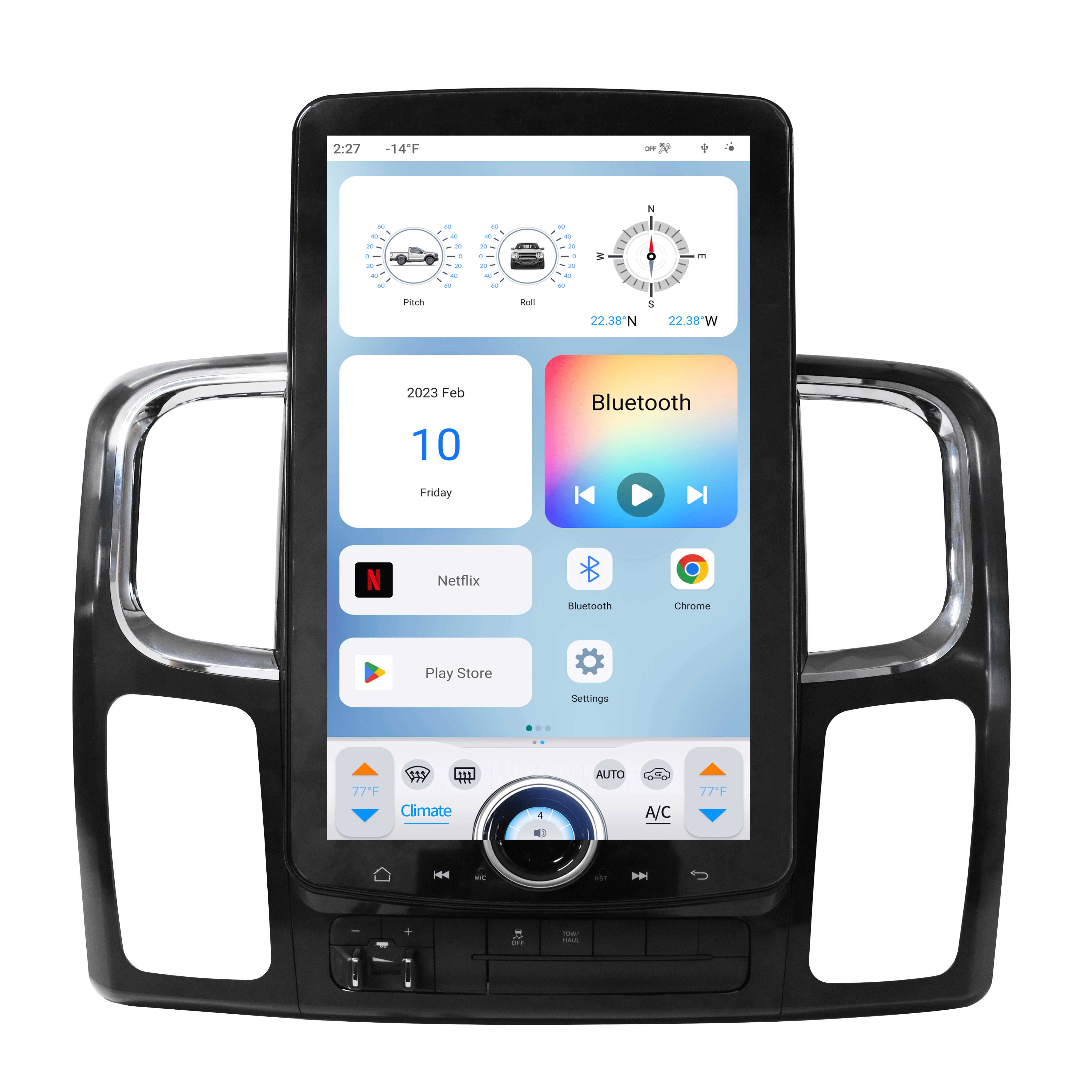
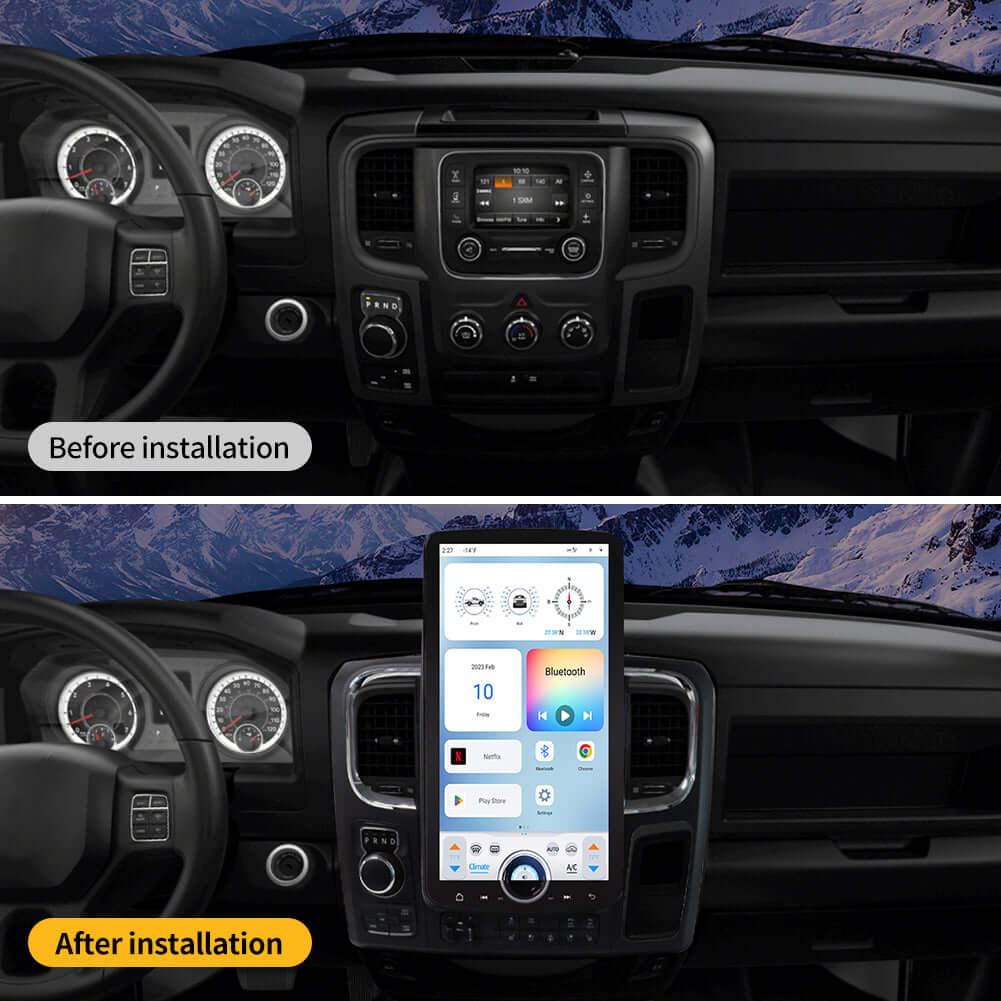
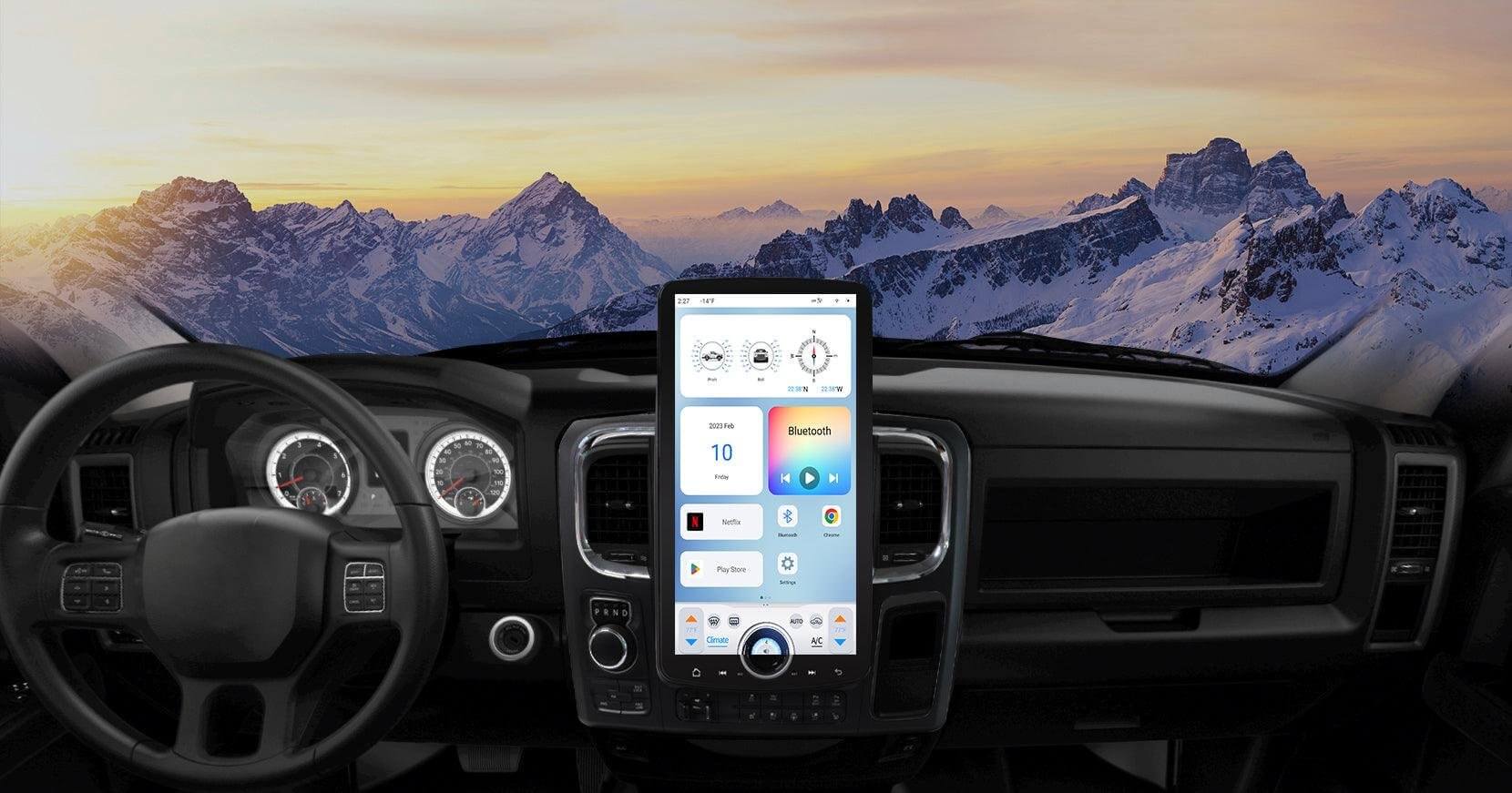

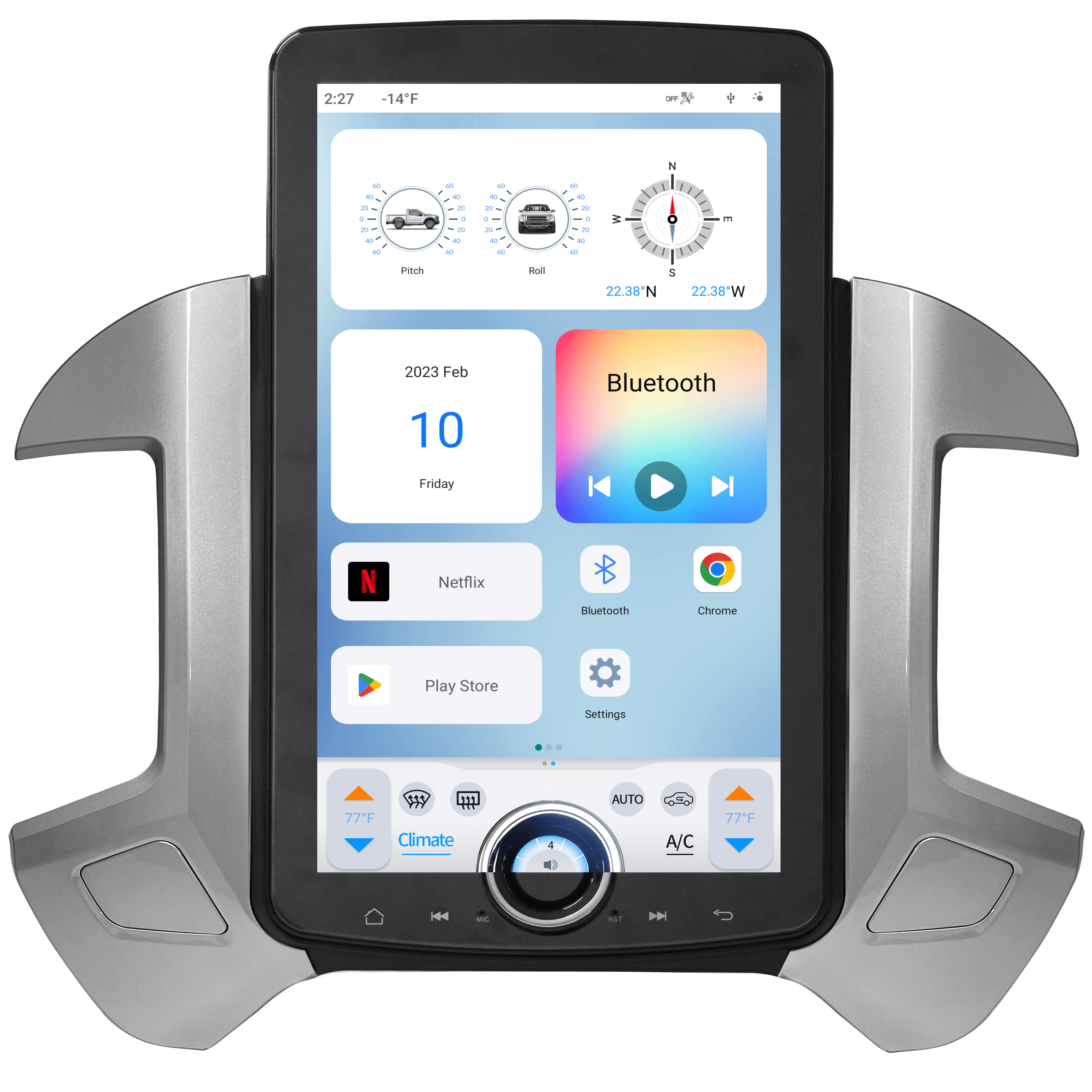
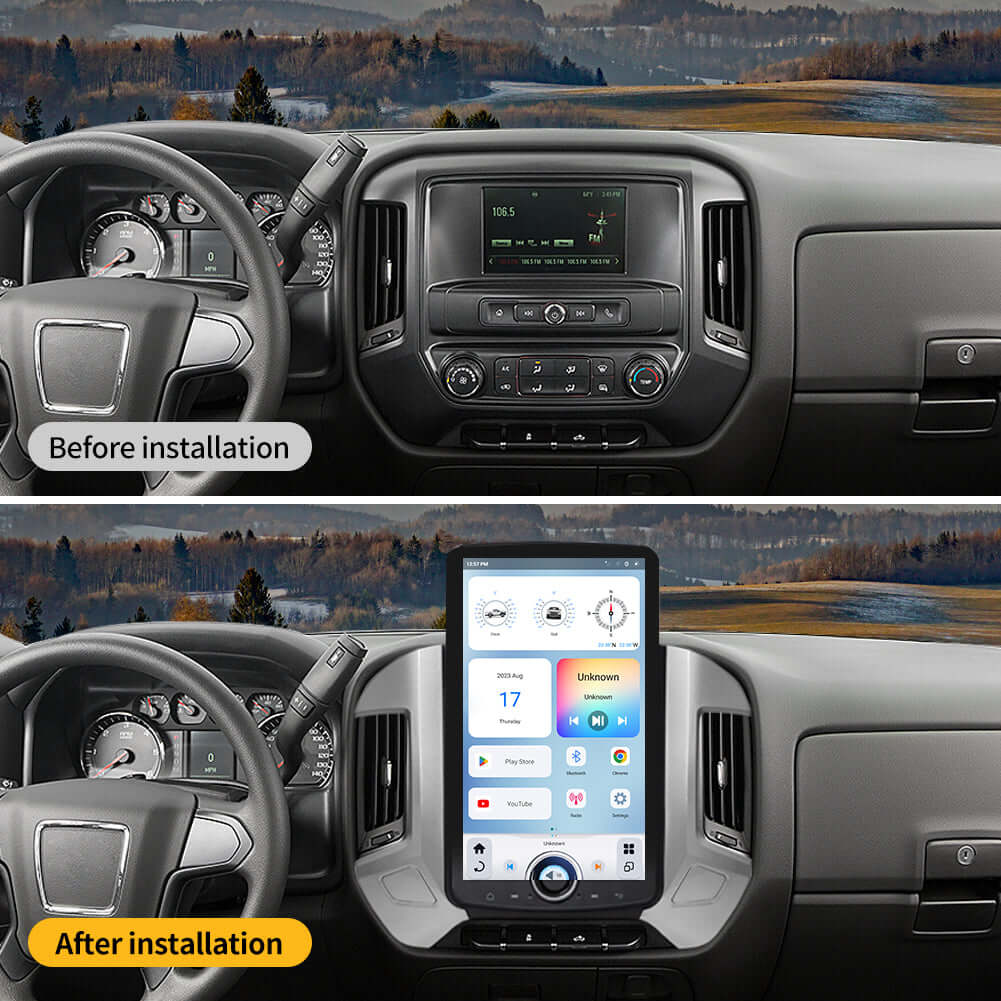
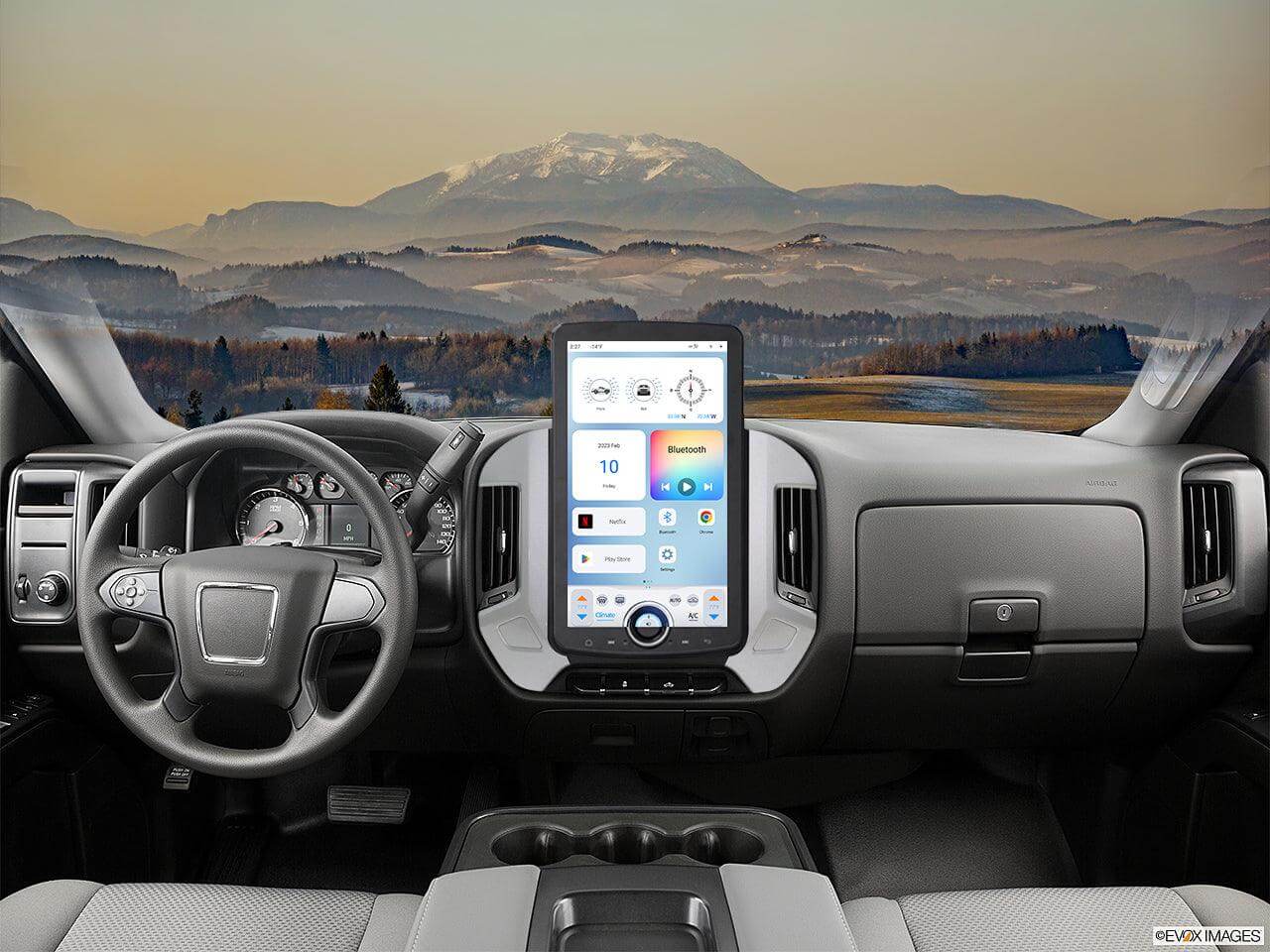
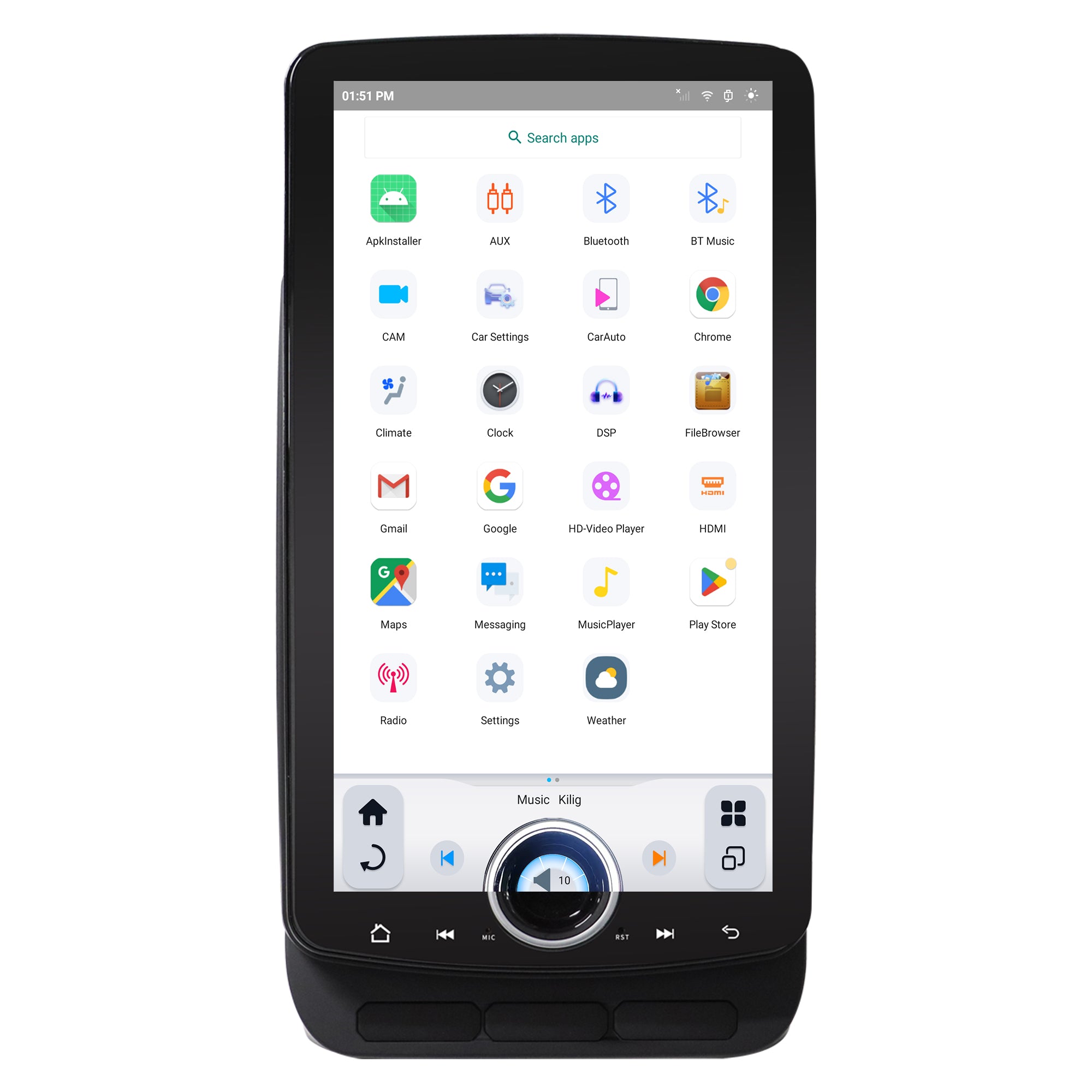
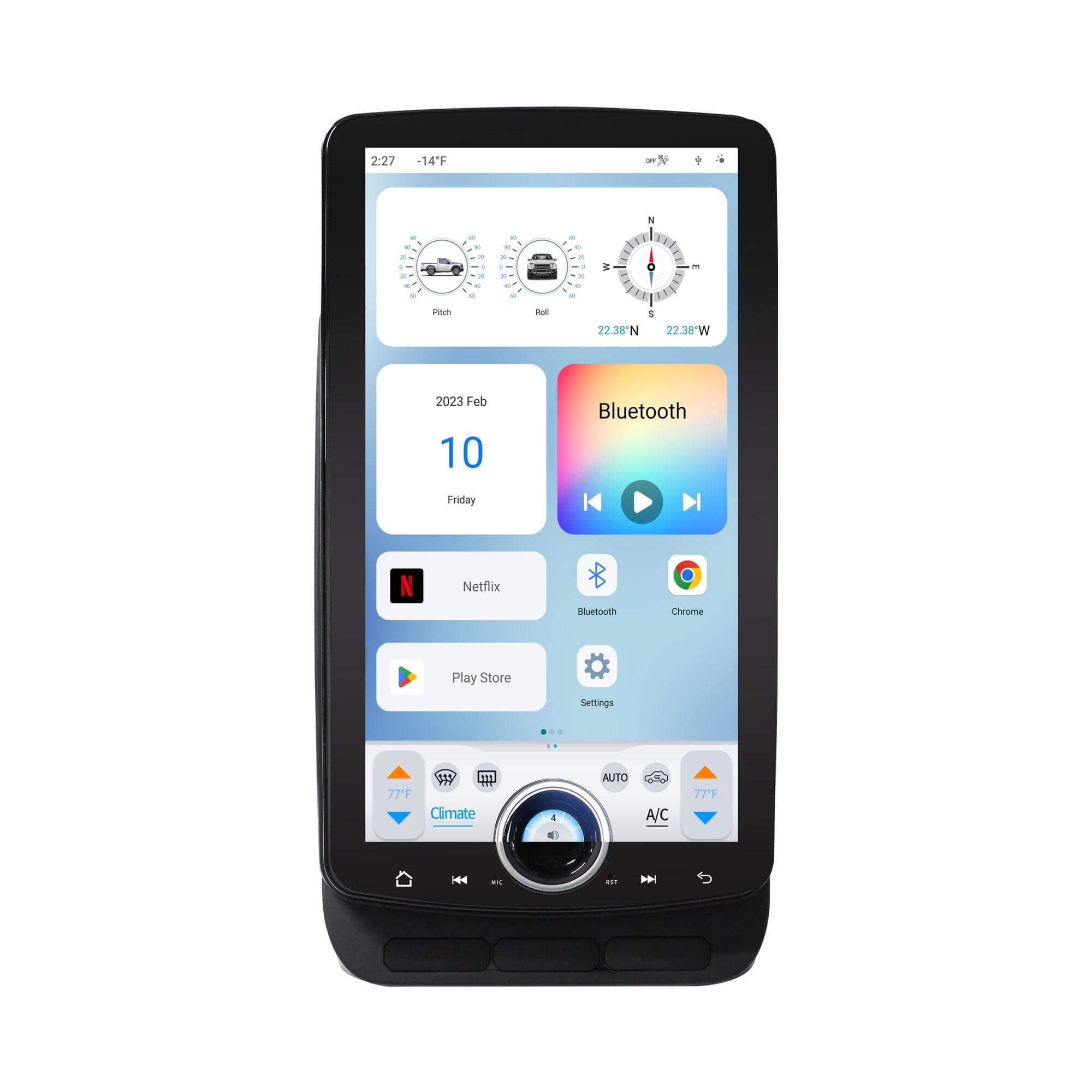

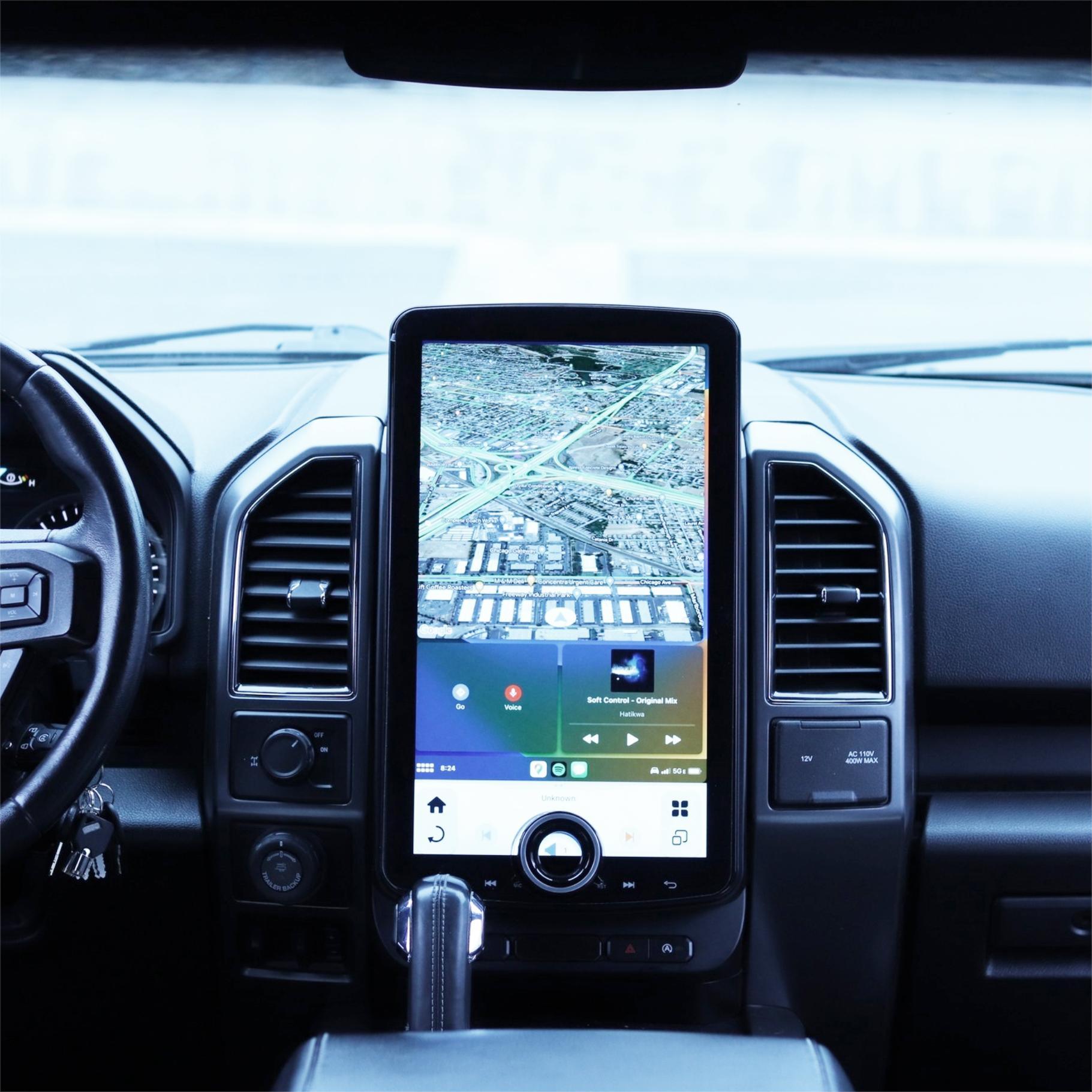
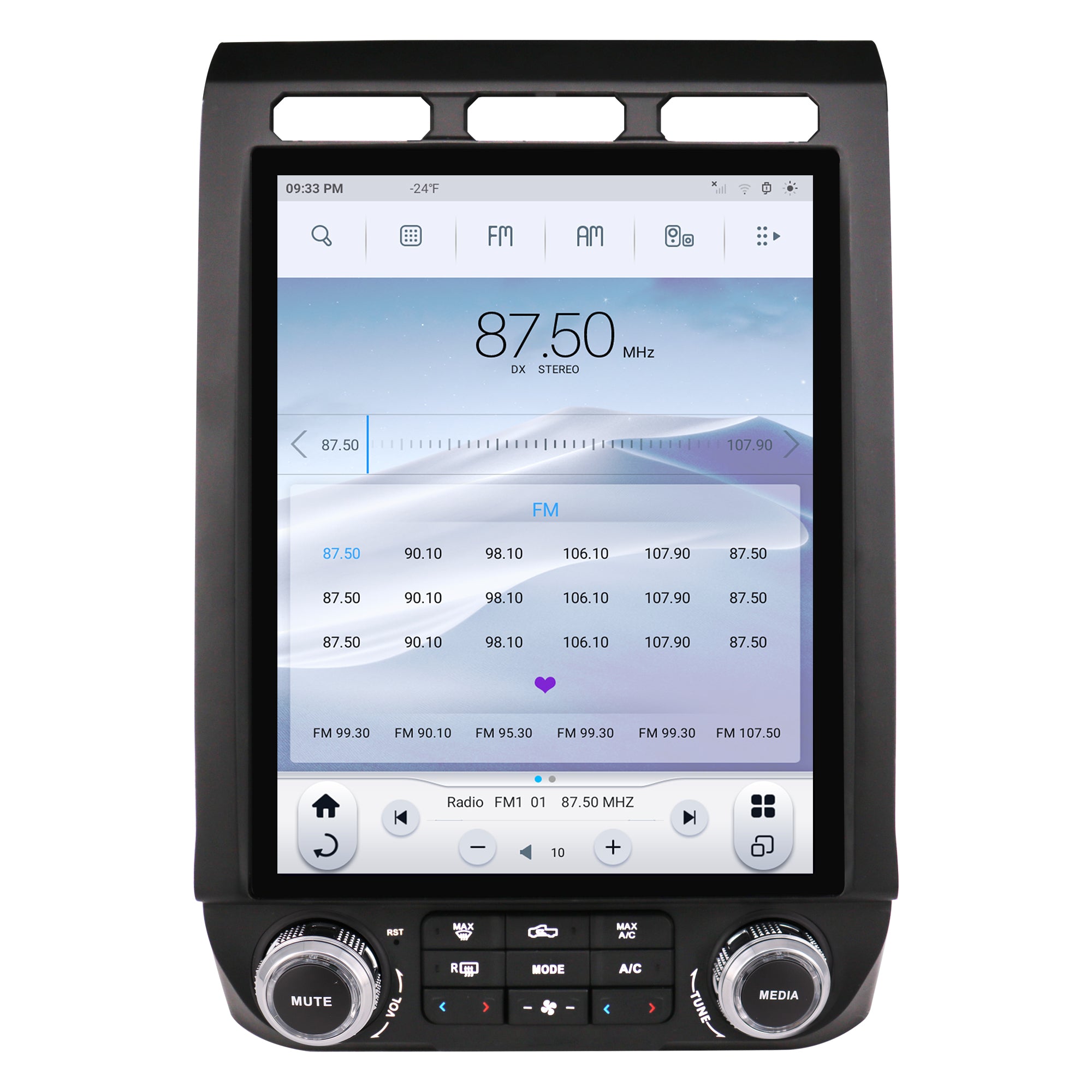
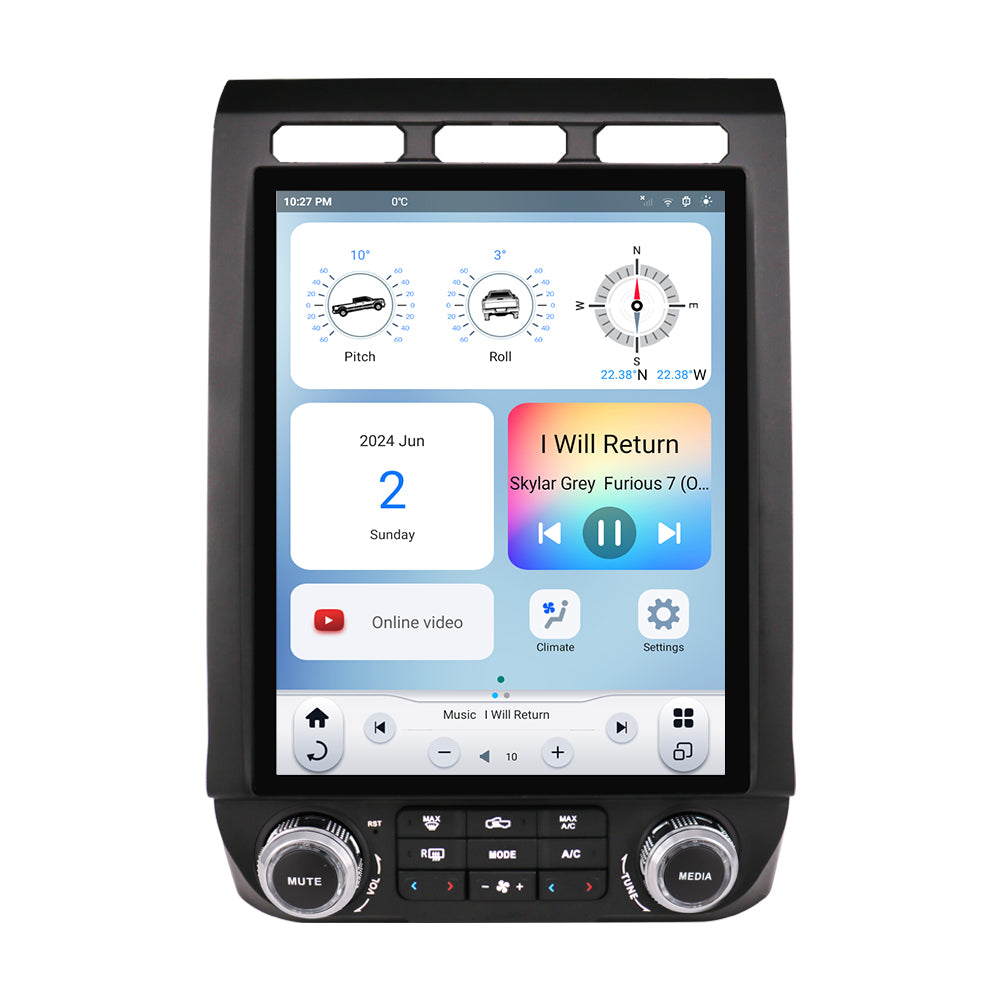
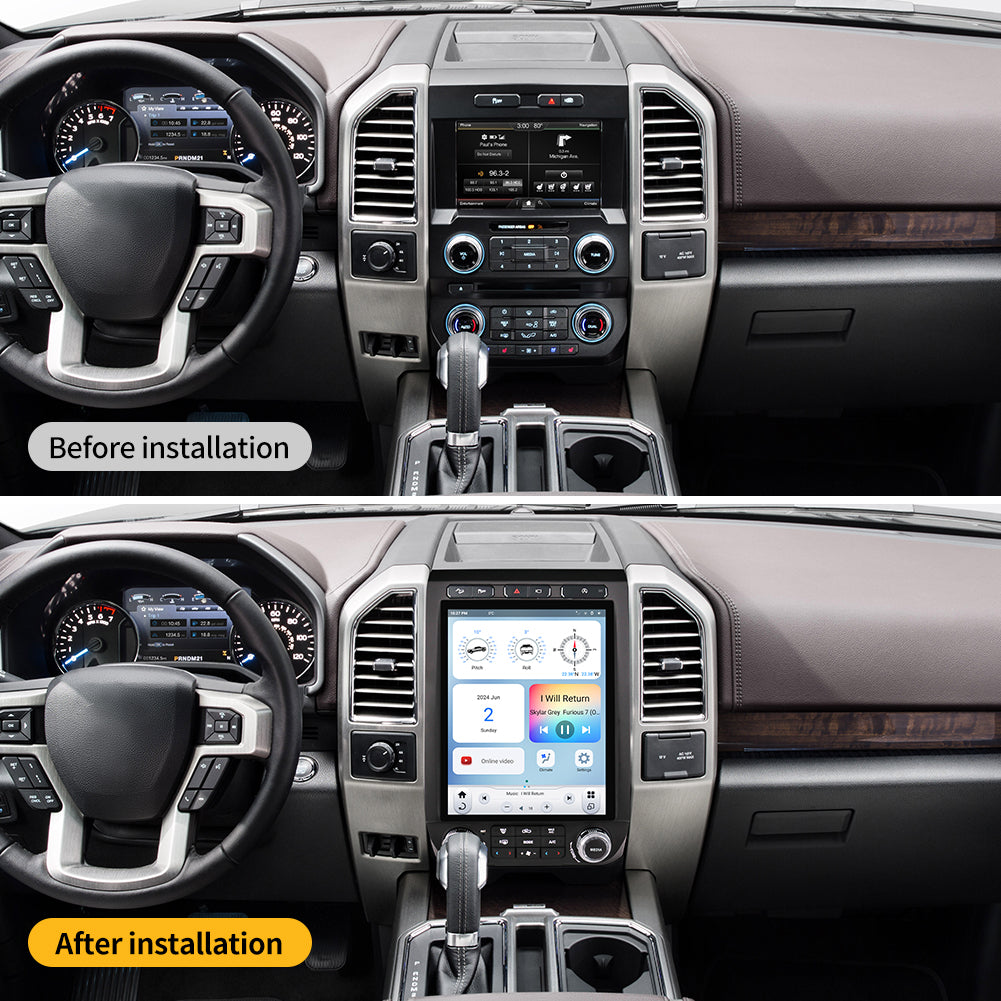
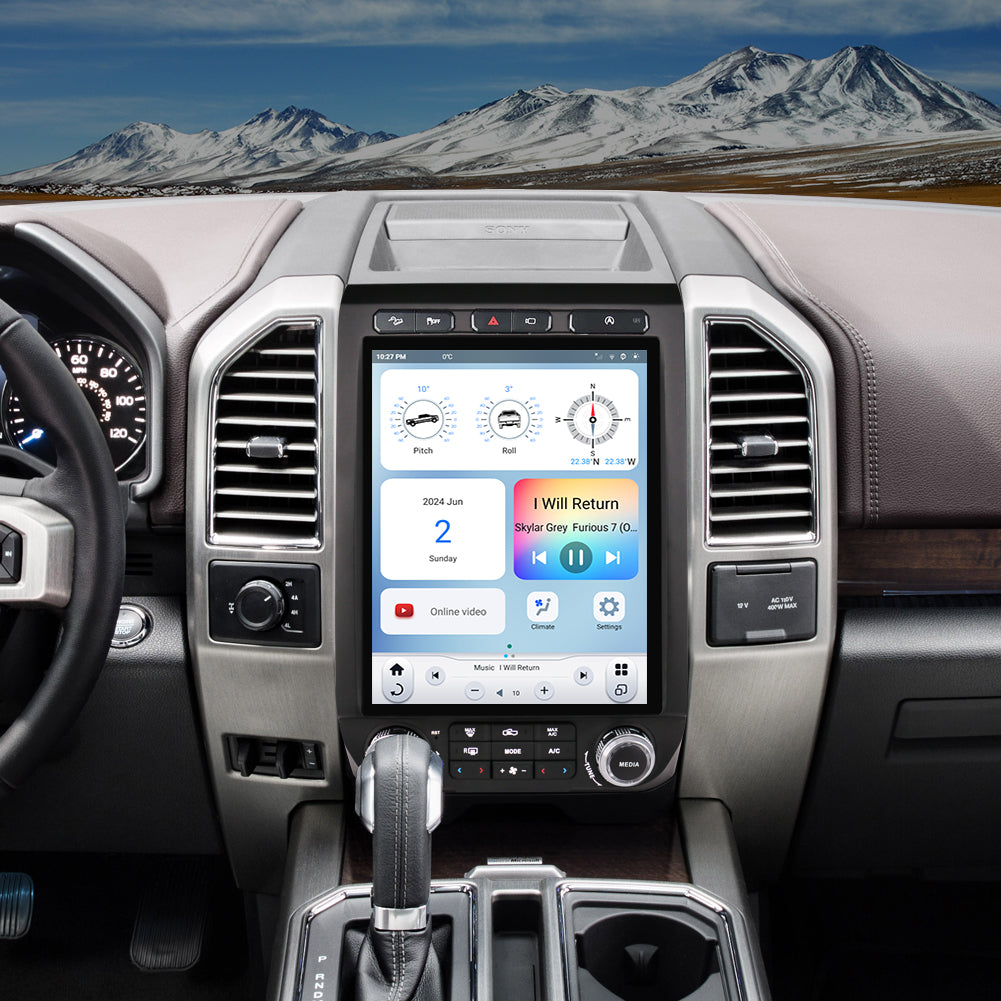
Share:
The Ways to Use Your T-Style Car Radio Valuably
Camping with Your Ford F-150: What Should You Prepare?